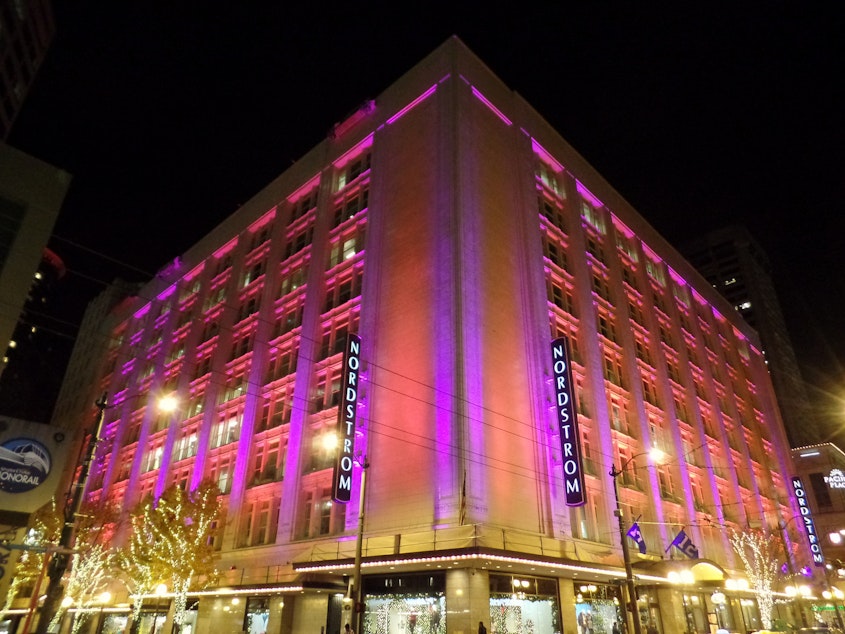In the era of Amazon, what's a Nordstrom to do?

Last year, Amazon sold $30 billion worth of apparel, according to an estimate by Wells Fargo. Nordstrom sold $15.5 billion. That's right: half.
Apparel is essence for Nordstrom. This week, Nordstrom reported a terrible quarter, with sales down 3.5 % and profits down by 57%. Amazon is not the direct cause: Nordstrom pointed to failures in merchandising – putting clothes on the rack that people want to buy – as well as troubles with the Nordy’s loyalty program and with digital marketing.
However, Amazon is a key reason why the environment for stores is so challenging. And it's one of the reasons why Nordstrom’s board chairman, Brad Smith, told shareholders that the company is in the position of “having to completely rethink our own approach.”
Nordstrom is a fashion department store that has been in business since 1901. It focuses on helping customers look and feel their best. It’s still a place where you can get someone to tell you the truth about your bra size, even when you don’t want to hear it.
Amazon is an online retailer that has only been in existence since 1994. It sends clothes to customers. They return what they don't want, end of story.
Amazon’s business extends far beyond retail. Its apparel business is a tiny chunk of its $900 billion in 2018 sales.
So far, Nordstrom’s answer to the Amazon threat has been to keep growing by opening more stores. In the past, it has focused on opening “off-price” Nordstrom Racks. More recently, it has concentrated on opening full-price stores. This fall, that plan hits its apex in New York City, where Nordstrom will open its Manhattan flagship.
Nordstrom also has plans to expand its local hub strategy, which it piloted in Los Angeles. New York will get two Nordstrom Locals, in the West Village and on the Upper East Side.
Co-president Pete Nordstrom says the company has hit challenging times before.
“Just because we’ve gone through tough times before and we know a playbook for that, the answer for us isn’t to go back and run the same plays that we did 20 years ago,” he told shareholders.



